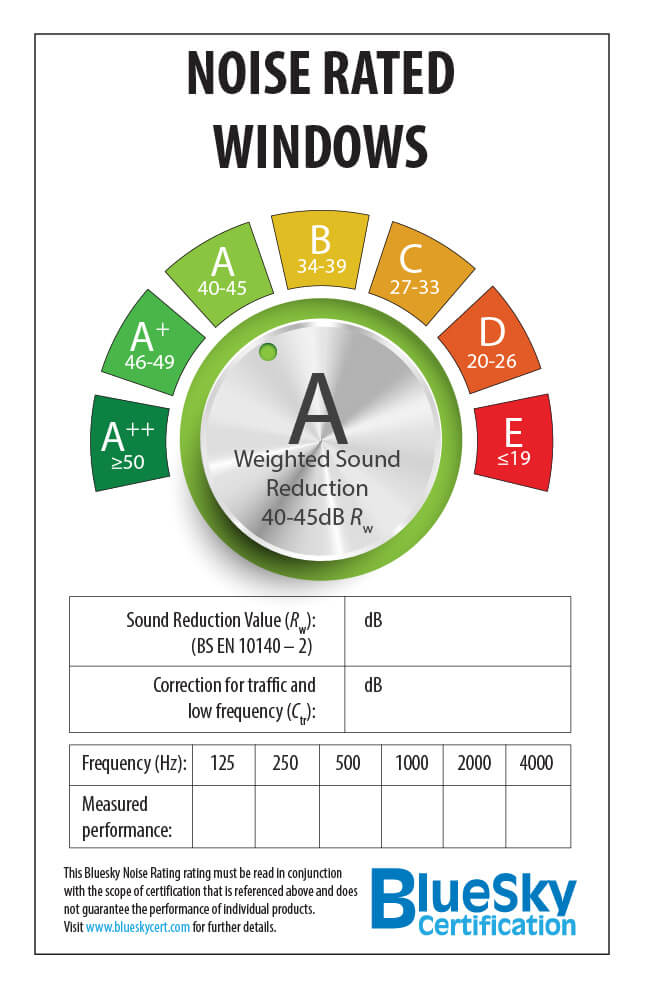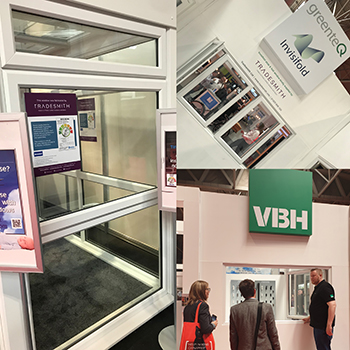 An Englishman’s home is his castle is a phrase that has been around for centuries. It means that English people believe that they should be able to control what happens in their own homes, and that no one else should tell them what to do there. Nowadays we have the ability to control much of what happens in our own homes from our smart phones, with apps available to control central heating, lighting, hot water, entertainment systems, security systems etc. But if someone starts making a racket outside, or your house happens to be near a busy road or under a flight path, are the only options really to either put up with the noise or move?
An Englishman’s home is his castle is a phrase that has been around for centuries. It means that English people believe that they should be able to control what happens in their own homes, and that no one else should tell them what to do there. Nowadays we have the ability to control much of what happens in our own homes from our smart phones, with apps available to control central heating, lighting, hot water, entertainment systems, security systems etc. But if someone starts making a racket outside, or your house happens to be near a busy road or under a flight path, are the only options really to either put up with the noise or move?
Improvements in windows and doors have played a big part in helping to make homes warmer and more secure over recent years, with initiatives like Secured by Design and energy rating schemes allowing manufacturers and installers to demonstrate the performance of their products in a way that is easy for purchasers to understand. Both security and energy performance took a while to take off as selling points, but once the industry cottoned on to them, everyone started to get in on the action. Consequently, we are now at the point where selling windows and doors without proven energy or security performance would be difficult.
As with security and energy, doors and windows can be a significant weak point for acoustic performance. Noise reducing windows doors can therefore make a huge difference to the amount of external noise that enters the building – yet few manufacturers and installers currently even mention this when they are selling their products.
When I have been speaking to manufacturers and installers about acoustics, two main objections are raised:
1 No-one is asking for it
This argument was regularly given several years ago when I was talking to manufacturers and installers about security and energy performance. The reason people aren’t asking for noise reduction performance is because few companies are actively selling it, not because people aren’t bothered by noise. You don’t have to do much research to see that noise complaints to councils have been steadily increasing over the past few decades. Noise pollution isn’t just annoying though, numerous studies have demonstrated a link between noise disturbance and serious health problems.
Those living near busy roads or airports would be right to be concerned about their long-term health, as there is plenty of research linking traffic noise to health issues that include cardiovascular disease, heart attack, stroke and dementia. They may not realise it, but their sleep is likely to be disturbed, as the noise level that causes sleep disturbance is relatively low (around 40 dB according to the World Health Organisation), well below that which would be generated by a road. Sleep disturbance like this over a prolonged period can cause problems, even when the person is not consciously aware of it.
2 Acoustics values are confusing, and it is difficult to sell
This was also the case with energy performance, and to some extent, security. Both of these were dealt with through logos which were easy to recognise. I accept that selling based on acoustic values alone is difficult (although some manufacturers and installers are now doing that) and selling on the basis of a 30 page test report is not going to be feasible with a consumer. However, noise ratings are now available which provide a benchmark comparison between different window systems in a format that is easy for consumers to understand.
In order to achieve a noise rating, you will need to obtain test evidence that demonstrates the performance of the complete window or doorset, complete with the glazing. Some system suppliers have already obtained this, so it would be worth asking them first, but if you do need to carry out your own testing, it doesn’t need to be as expensive as you might think.
Once the acoustic performance of your product has been proven, you won’t have to look too hard to find houses on a busy road, under a flight path, near a train line, or in another location that is affected by noise. Offering your acoustic products in these areas could persuade someone to buy and by installing these products in their home, you may also have a positive impact on their long-term health.
This article appeared in Windows Active and Fenestration news.



